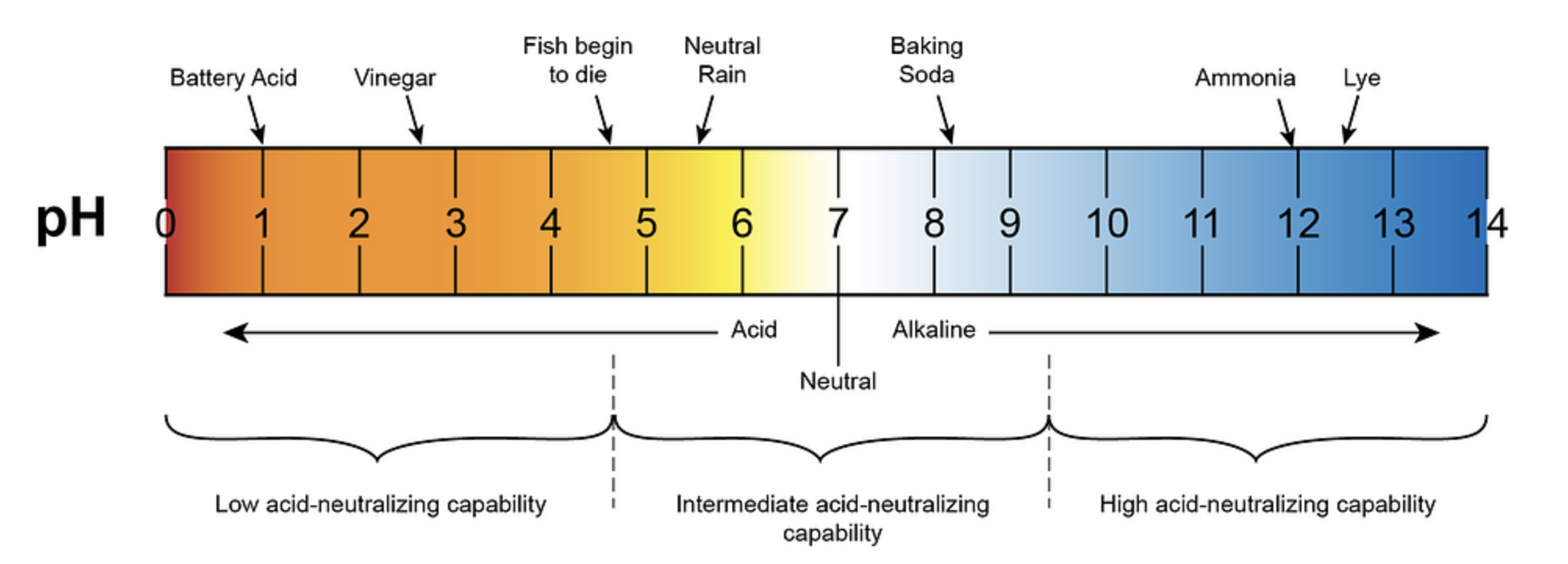The pH level of water is a crucial factor in determining its quality and suitability for various applications, including aquatic life, agriculture, and human consumption. Understanding the differences in pH between standing water and running water is essential for maintaining a healthy and balanced water ecosystem.
Understanding pH Levels in Standing Water
Standing water, such as in a container or tank, can experience fluctuations in pH levels over time. This is primarily due to the presence of carbonates in the water, which can leach out and increase the pH level. For instance, standing tap water can rise from a neutral pH of 7 to an alkaline pH of 8.4 within 24 hours.
In addition to the presence of carbonates, the pH level of standing water can also be affected by the presence of fish waste, uneaten food, and other organic matter. As these materials decompose, they can release compounds that alter the water’s chemistry, leading to changes in pH.
To maintain a stable pH level in standing water, it is essential to monitor the water regularly and make adjustments as needed. This can be done using pH adjusters, such as pH up or pH down, to raise or lower the pH level as necessary. Regular water changes can also help to remove any contaminants or chemicals that may be affecting the water’s pH.
Factors Affecting pH in Running Water
In contrast to standing water, running water, such as in a river or stream, typically maintains a more stable pH level. This is because the water is constantly flowing and mixing with fresh water from the source, which helps to maintain a consistent pH level.
However, the pH level of running water can still vary depending on the source and any chemicals or contaminants present in the water. For example, acidic soils in the Amazon can cause lakes and rivers to have low pH values due to dissolved humic substances from runoff and uptake. Similarly, mining areas and industrial pollution can cause acid runoff that depletes the water’s alkalinity and lowers pH levels.
To maintain a stable pH level in running water, it is essential to monitor the water regularly and address any changes in pH levels as needed. This can be done by testing the water regularly and adjusting the pH level using pH adjusters if necessary.
Importance of Maintaining Proper pH Levels
Maintaining proper pH levels in both standing water and running water is essential for the health and well-being of aquatic life, as well as for human consumption and agricultural use.
For aquatic life, pH levels that are too low (acidic) or too high (alkaline) can be detrimental to the survival and growth of various species. Aquatic organisms have evolved to thrive within a specific pH range, and deviations from this range can lead to stress, disease, and even death.
In terms of human consumption, pH levels that are too low or too high can affect the taste and safety of the water. Highly acidic water can be corrosive and can leach metals from pipes and plumbing fixtures, while highly alkaline water can have a bitter or metallic taste.
For agricultural use, pH levels can affect the availability and uptake of essential nutrients by plants, as well as the growth and health of crops. Maintaining a balanced pH level is crucial for ensuring optimal plant growth and productivity.
Monitoring and Maintaining pH Levels
Monitoring and maintaining proper pH levels in both standing water and running water is essential for ensuring the health and well-being of aquatic life, as well as for human consumption and agricultural use.
To monitor pH levels, it is essential to test the water regularly using a reliable pH testing kit or meter. This can be done for both standing water and running water, and the results can be used to make any necessary adjustments.
In the case of standing water, adjustments can be made using pH adjusters, such as pH up or pH down, to raise or lower the pH level as needed. Regular water changes can also help to remove any contaminants or chemicals that may be affecting the water’s pH.
For running water, adjustments may be more challenging, as the water is constantly flowing and mixing with fresh water from the source. However, it is still essential to monitor the water regularly and address any changes in pH levels as needed, using pH adjusters or other water treatment methods.
By maintaining proper pH levels in both standing water and running water, we can ensure the health and well-being of aquatic life, as well as the safety and quality of water for human consumption and agricultural use.
Conclusion
In conclusion, the pH level of standing water and running water can vary significantly depending on various factors, including the source, contaminants, and chemicals present. Regular monitoring and maintenance are essential to ensure a stable and healthy pH level for aquatic life and human consumption.
By understanding the differences in pH between standing water and running water, and taking the necessary steps to maintain proper pH levels, we can ensure the health and well-being of our water ecosystems and the communities that depend on them.
References:
- Discussion – How Much Does Your Tap Water PH Change On Standing? – Think Fish Forums
- The pH of water: What to know – Medical News Today
- pH of Water – Environmental Measurement Systems
- Standing water pH changing? – 420 Magazine
- pH and Water | U.S. Geological Survey
- Tap Water pH Change on Standing – Fishkeeping.co.uk Forums

